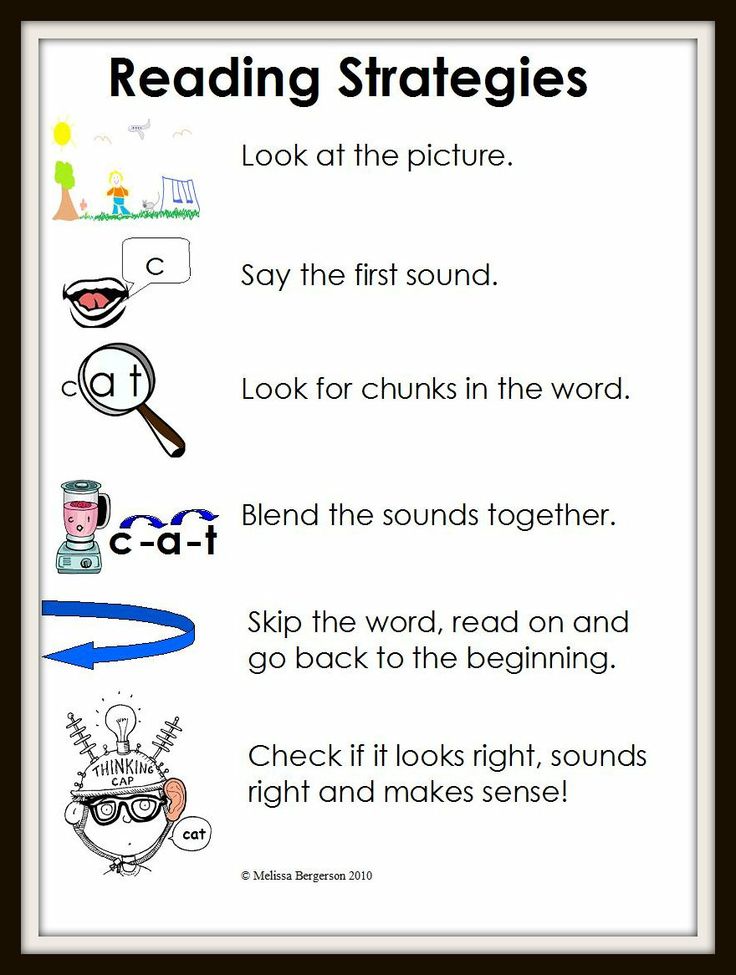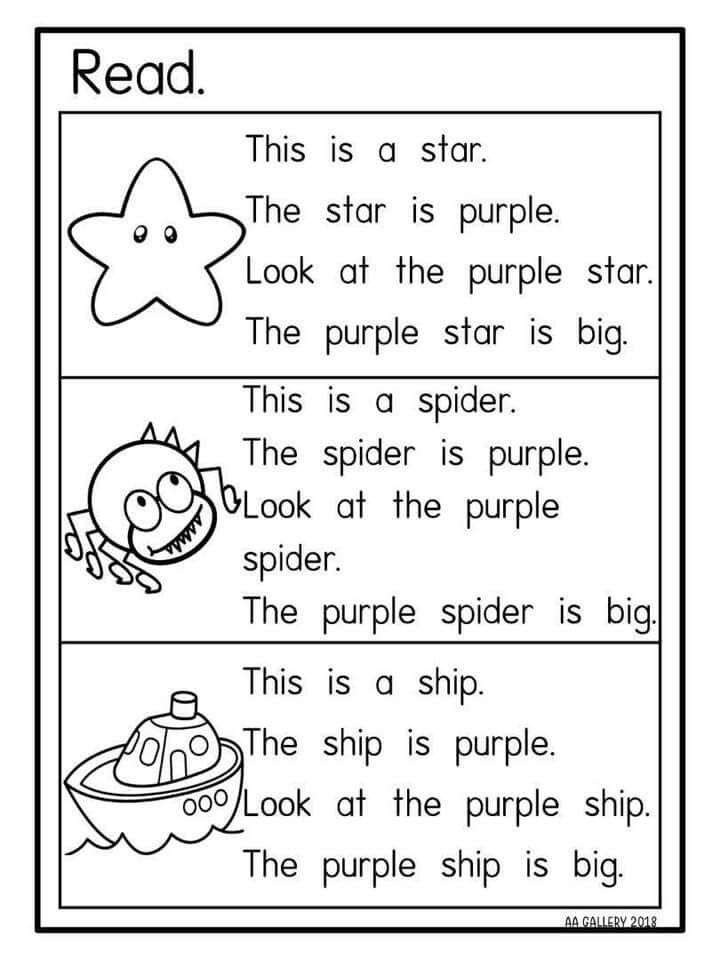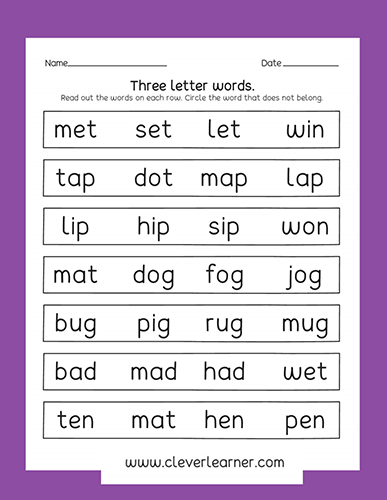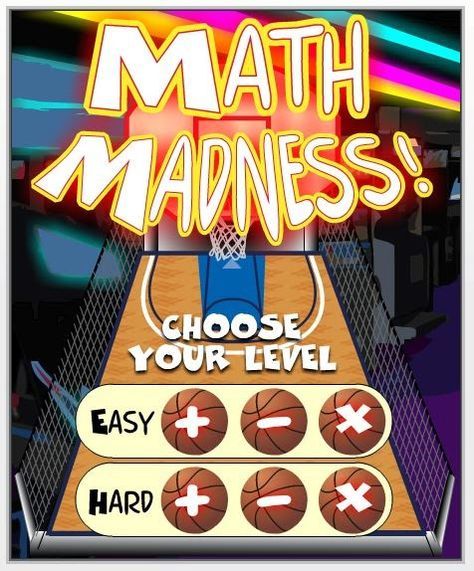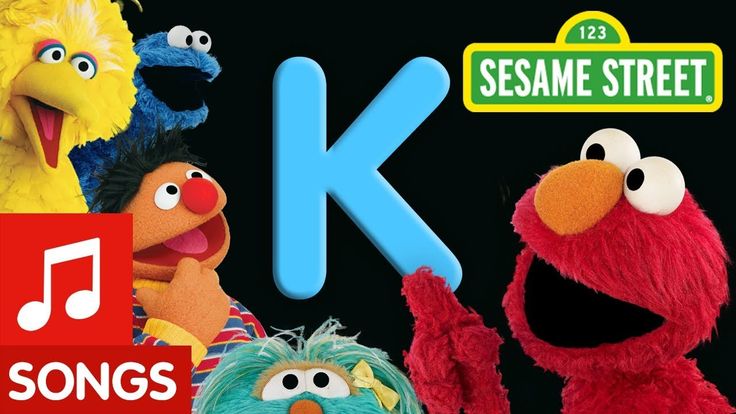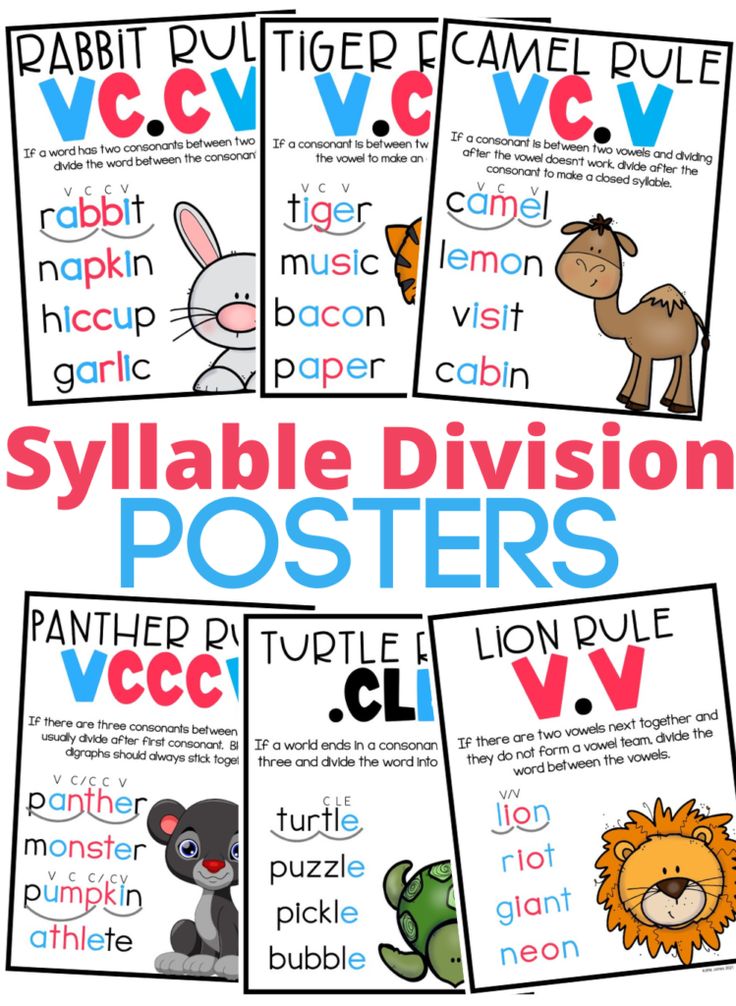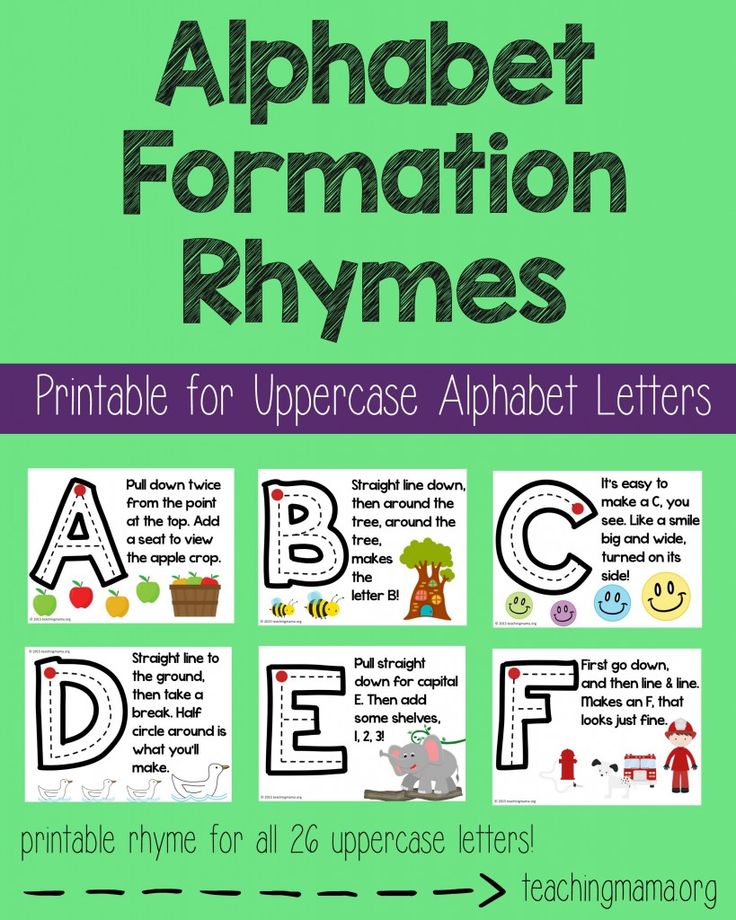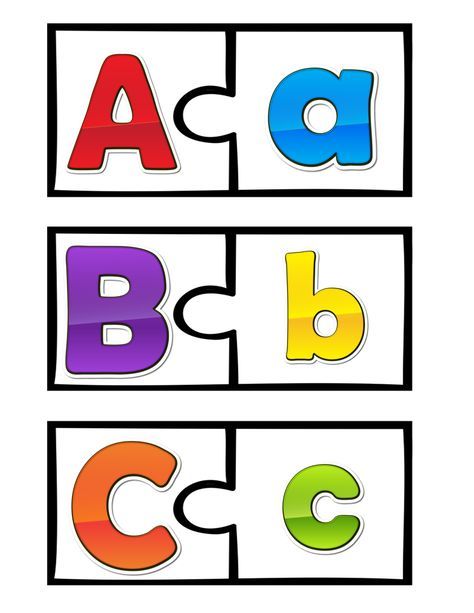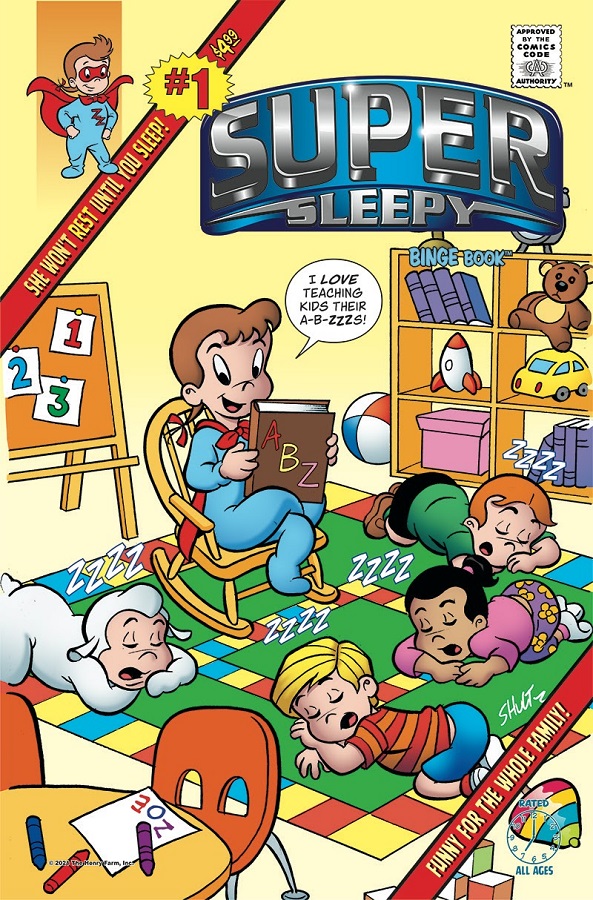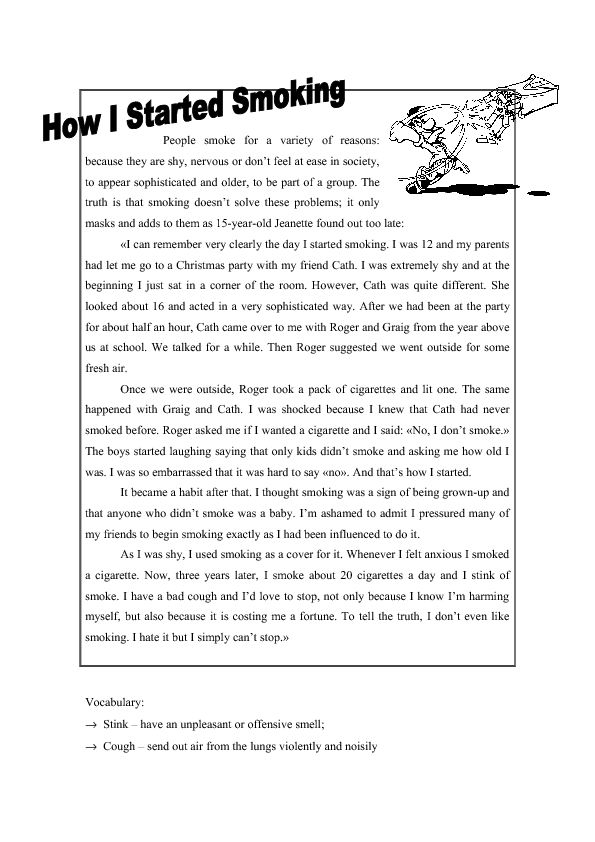Deep reading strategies
A Brief Guide to Developing a Deep Reading Habit
Deep reading, or full engagement in a book, is an absolute joy. It is good for mind and spirit, and it is also a competitive advantage in today’s knowledge-based economy. Increasingly, people struggle to pay attention to just about anything, let alone a book. Yet deep reading confers many benefits above and beyond watching a YouTube video or skimming an article. These benefits include developing a richer understanding of a topic, increasing your ability to pay attention itself, and enhanced creative thinking.
Here are seven principles for developing a nonfiction deep reading habit. All are based on the latest research and real-world practice.
Use a hardcopy book.Research shows you comprehend and connect information best when you read physical pages. There are two predominant theories for why this is the case: First, when you read physical pages there are no distractions, which e-reading and audiobooks inherently invite (there is nothing wrong with these modalities, but they are not the same as deep reading).
Second, the brain retains information better when it’s associated with tactile experience.
Even if your phone is facedown on silent, or your laptop is closed and asleep, the mere sight of these devices and everything they represent—not to mention the willpower it takes not to check them—is a huge distraction. Keep them in a separate room.
Read with a pen or highlighter.The more you engage with a book, the better. There is a big difference between passive reading (being read to) and active reading (being in conversation with). The latter promotes further absorption in the material and more associative thinking and subsequent creative insight.
Keep a notebook nearby.Even if you are fully engaged in what you are reading, random thoughts will pop into your mind: emails to write, groceries to get, conversations to have, ideas for your next big project, etc. Jot these thoughts down so you do not lose them but can offload your brain from trying to hang on to them.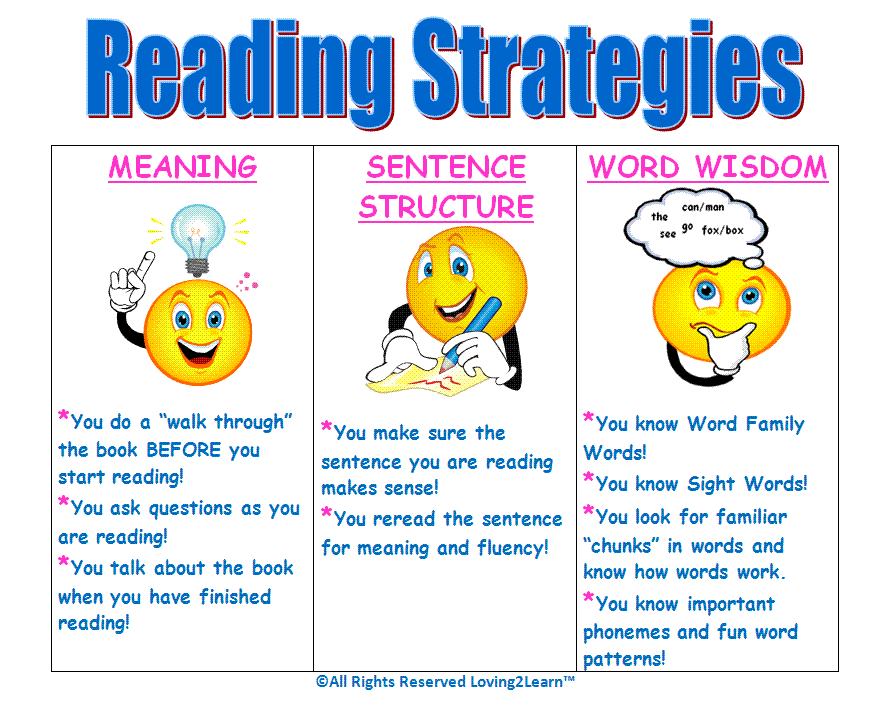 Then, get back to the book.
Then, get back to the book.
It takes time to get into a groove. There is nothing wrong with reading in the nooks and crannies of your day, or listening to an audiobook while walking your dog or doing household chores, but this is not the same thing as deep reading. It’s similar to exercise. There is nothing wrong with doing 10 push-ups here and there (actually, it’s great) but that’s not the same thing as a focused and deliberate workout.
Think of deep reading as a muscle: you’ve got to train it.The ability to pay full attention and get absorbed in a book is built over time. It may be hard at first (especially if you are rusty), but it gets easier. Eventually, it becomes enjoyable. Be patient and stick to it. It’s worth it. In my coaching clients, I find it takes anywhere from three to four weeks for them to get into a solid deep reading habit, where it doesn’t feel to them like they are just constantly fighting off distractions.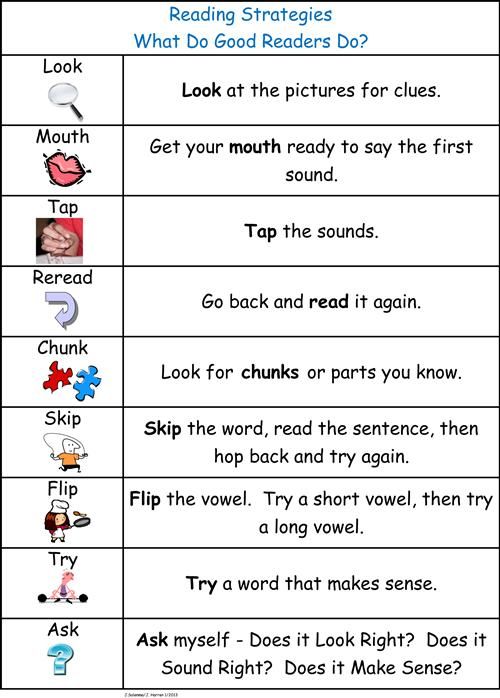 If you are feeling rusty, be sure to start with books that really draw your interest. These make the best inroads to developing a consistent deep reading habit.
If you are feeling rusty, be sure to start with books that really draw your interest. These make the best inroads to developing a consistent deep reading habit.
Books are the best bargain there is. There is no better place to get a rich distillation of insights and wisdom. I’ve helped 4-time Olympians move on from sport simply by recommending books. I’ve helped founders navigate rough waters the same way. From Bill Gates to Barack Obama to Oprah Winfrey to Ruth Bader Ginsberg, the individuals whom people tend to deem wise and discerning all read a heck of a lot.
— Brad
If you enjoyed this post, you'll love our new book Do Hard Things: Why We Get Resilience Wrong and The Surprising Science of Real Toughness!
For a limited time, It's over 30% Off! Get your copy today!
5 Easy Ways to Help Students Read More Deeply
Hey teacher friends! This is Tanya G. Marshall from The Butterfly Teacher! I am so excited to guest post again for Minds in Bloom! It is an honor to join this community of passionate educators who are looking for ways to engage students and improve learning.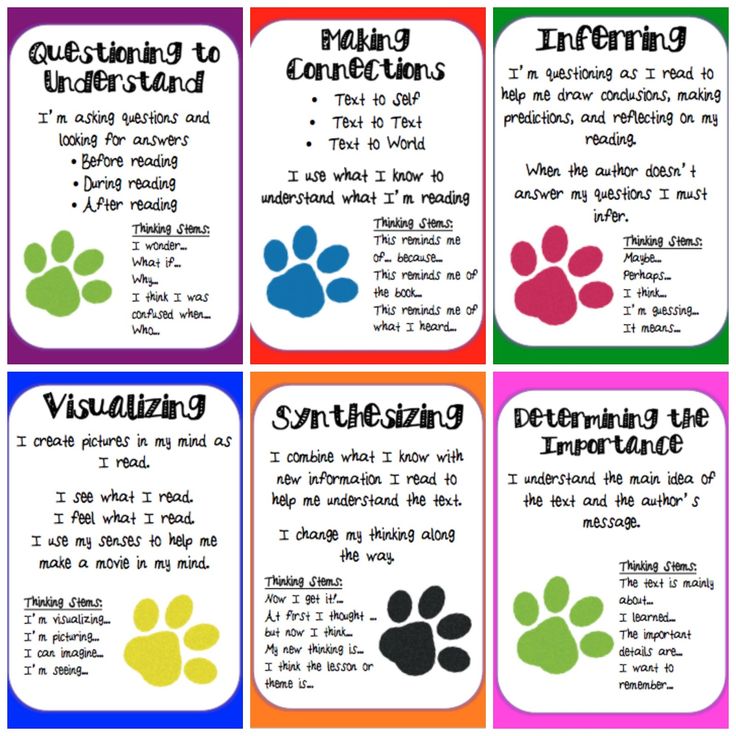 This post shares tips for helping students read more deeply and comprehend better. These close reading strategies can be used across grade levels.
This post shares tips for helping students read more deeply and comprehend better. These close reading strategies can be used across grade levels.
It is so frustrating and discouraging to see students read entire pages and paragraphs but then have no clue WHAT they actually read. Just because a student can read fluently doesn’t mean they are reading deeply. The close reading strategies listed below are easy to implement in whole group or in a small guided reading group with students.
What Are Close Reading Strategies?Before we dig into the nitty-gritty details of close reading, I want to briefly define what close reading strategies are. It’s when a reader pulls a deeper meaning and understanding from a text based on the vocabulary and sentences used. Close reading strategies, like the ones listed below, help students comprehend better and read more deeply.
1 – Give Students Chunks of Targeted PracticeOne strategy for helping students read more deeply is to break longer texts or passages into smaller chunks for more targeted reading practice. Each week, I give my students Non-Fiction Quick Reads.
Each week, I give my students Non-Fiction Quick Reads.
Another close reading strategy for helping students read more deeply is to show them how to highlight keywords and phrases. When we are reading our short stories, our non-fiction quick reads, and our chapter books, I have my kids highlight things like the 5 Ws and 1 H:
- Who is this passage about? Who the main character? Who is talking or telling the story right now?
- Where is the action happening? Where are the characters?
- Why did the character do that? Why is this happening?
- What do you think will happen next? What line from the story/paragraph gives you this idea? What does this word mean?
- When did the action happen? When did the character ____?
- How did the story end? How does the character feel? How do you know this word means _____?
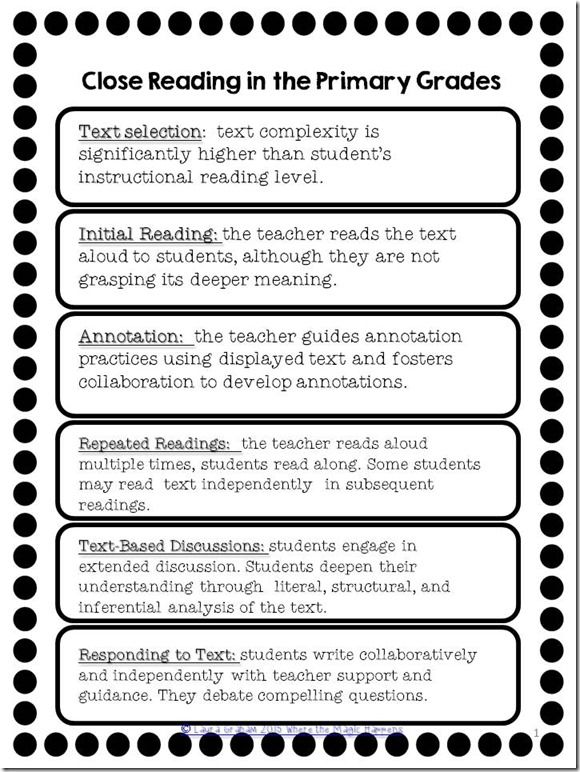 By highlighting keywords using these types of questions, students are better able to cite text evidence to support their answers. This strengthens their reading skills because they must consistently reread the text to find their answers. Even for tests, worksheets, math word problems—my students have now gotten used to highlighting, underlining, circling, and chunking words or phrases. That is an essential skill for building stronger readers!3 – Model Accurate Reading Habits to Them Through Read-Alouds
By highlighting keywords using these types of questions, students are better able to cite text evidence to support their answers. This strengthens their reading skills because they must consistently reread the text to find their answers. Even for tests, worksheets, math word problems—my students have now gotten used to highlighting, underlining, circling, and chunking words or phrases. That is an essential skill for building stronger readers!3 – Model Accurate Reading Habits to Them Through Read-AloudsAnother easy but very effective way of helping students read more deeply is to model close reading strategies to them with read-alouds. I read out loud to my students all throughout the school year. Students of ALL ages love a good story! Plus, they get to see what it’s like to actually use close reading strategies. Students NEED to see that it’s normal to stop every few sentences and ask themselves questions about what they’re reading. Students will be encouraged to see their teacher stopping to think out loud about what he or she is reading. This encourages them to do the same, which will help them read more deeply during independent reading time.
This encourages them to do the same, which will help them read more deeply during independent reading time.
Before I read to my students, I read through the book myself. I print questions that I want to ask my students on sticky notes and keep them in my read-aloud books.
Printing my questions on sticky notes and putting them in my picture books helps me keep my read-aloud time rigorous because I can ask more higher-order thinking questions as I read to students. This makes lesson planning SO easy for me. I don’t have to think of questions on the spot as I read out loud to them. Putting notes to myself on stickies also reminds me of specific details to address while reading to them. This infuses rigor and an organized flow into my read-aloud time.4 – Teach Students How To Ask Themselves Questions While ReadingThis close reading strategy for helping students read more deeply goes hand-in-hand with the second strategy above.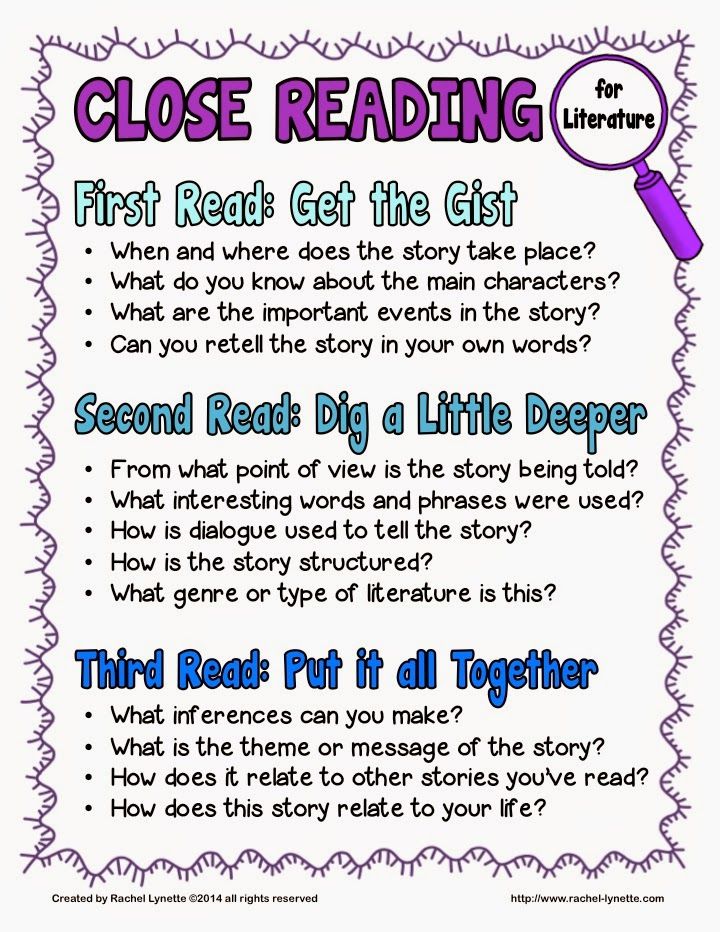 I always tell my students, “Pretend there’s a teacher inside your head asking you questions while you read.” As crazy as it may sound, students who struggle to stop and read more deeply need to visualize and pretend that a teacher’s voice is inside their head guiding them. One of the best way to implement this reading strategy is to keep your questions simple and consistent. Your students will learn WHAT this looks like by watching and listening to you do it during your read-aloud time.
I always tell my students, “Pretend there’s a teacher inside your head asking you questions while you read.” As crazy as it may sound, students who struggle to stop and read more deeply need to visualize and pretend that a teacher’s voice is inside their head guiding them. One of the best way to implement this reading strategy is to keep your questions simple and consistent. Your students will learn WHAT this looks like by watching and listening to you do it during your read-aloud time.
The 5 W and 1 H questions I mentioned above are examples of the types of questions students should be asking themselves as they read. Over time, they learn how to self-question during reading without your help. This helps them read more deeply.
5 – Making Time to Talk About Their ReadingOne final tip for helping students read more deeply is to make time in your classroom for students to talk about the things they read each day. One year I had a VERY chatty class! I could NOT get them to stop talking.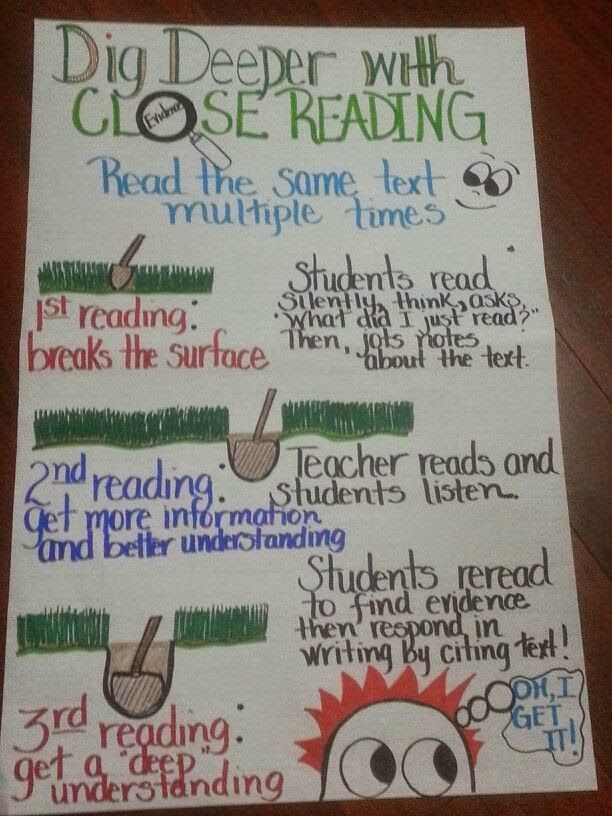 So, instead of continuing the struggle to get them quiet, I decided to find ways to let them talk about their learning. Here are some things we did:
So, instead of continuing the struggle to get them quiet, I decided to find ways to let them talk about their learning. Here are some things we did:
- Books talks
- Literature discussion circles
- Think-pair-share
- Turn and talk to your neighbor about what you just read
- Book club reading groups
- Book buddies/partner reading
That class ended up with amazing reading growth!
For the students who struggle with this and love to respond by saying, “I don’t know”—I let them use a bookmark with the 5 W questions and their highlighted sections of reading to form a “script.” Their partner asks them a question, and they respond in a complete sentence. It really helps them build practice with digging more deeply in the text to talk about what they’ve read.
Talking about what you’ve read and putting descriptions in your own words is a higher-order thinking skill.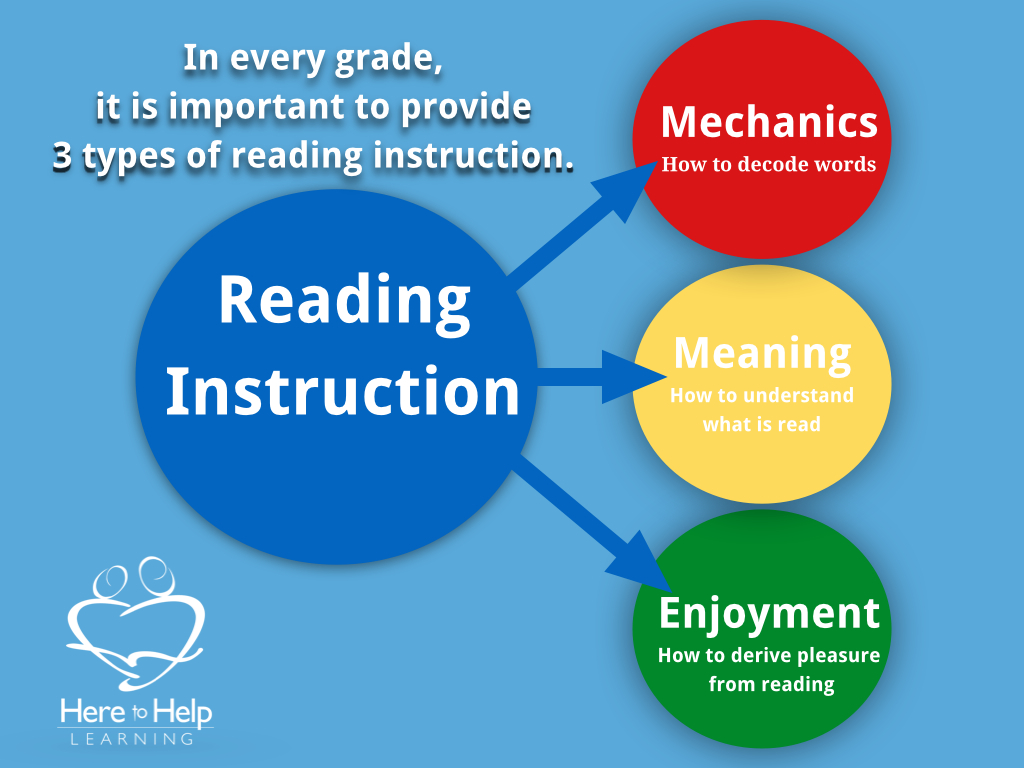 It forces students to think critically and to go back to the text more. So now, every year, I allow students to talk about (and write about) their reading.
It forces students to think critically and to go back to the text more. So now, every year, I allow students to talk about (and write about) their reading.
Sometimes trying to implement too many teaching strategies at once overwhelms me as a teacher. I always recommend finding at least one golden nugget from a list of ideas and work on mastering that one strategy first with students. Then, incorporate another idea in your classroom. Eventually, you’ll have a set of strategies that you are using each week that help students read more deeply.
I hope you found some useful tips on helping your students read more deeply!
Which idea stands out to you the most? Or what questions do you have about reading instruction? Please share in the comments below!
Tanya G. Marshall is a busy mama to a bouncy and bright little boy named Caleb. She is also a teacher and a blogger for The Butterfly Teacher.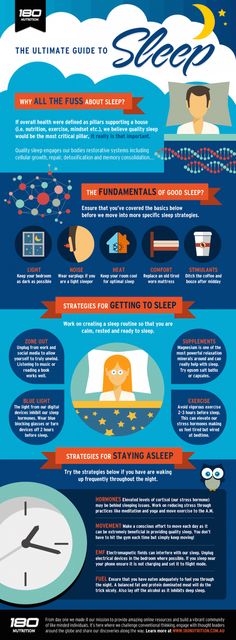 She enjoys creating resources for others in her Teachers Pay Teachers store. Tanya loves eating good food, reading, and being with family and friends! Be sure to connect with her on Facebook, Pinterest, and Instagram.
She enjoys creating resources for others in her Teachers Pay Teachers store. Tanya loves eating good food, reading, and being with family and friends! Be sure to connect with her on Facebook, Pinterest, and Instagram.
Academic Reading Techniques: How to Make Book Learning More Effective
You can learn more information if you approach this process consciously and use the right reading strategy
What if solving a learning problem requires not just reading a pile of books, but also understanding them content, highlight the main theses, connect with each other, apply in practice - and do it quickly and maintain a clear mind? We talk about the methods of assimilation of a large amount of literature without the effect of "porridge in the head", which will help older schoolchildren, both students and adults to work with the text. nine0006
If you read several thick books from the list of references at once, you can suddenly realize that the authors and their ideas are confused in the head.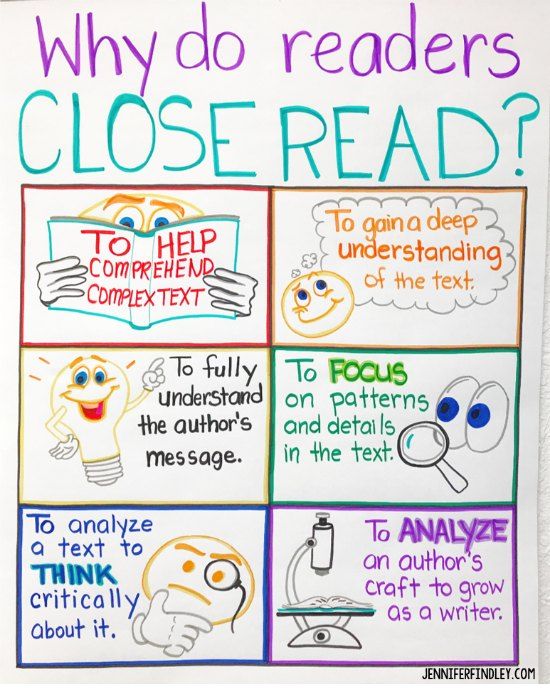 It's good when the reader notices his misunderstanding. This is the first step to start reading well, without wasting time. But often there is an illusion of complete understanding of what has been read. An example is the story told by the American professor, philosopher and popularizer of reading Mortimer Adler.
It's good when the reader notices his misunderstanding. This is the first step to start reading well, without wasting time. But often there is an illusion of complete understanding of what has been read. An example is the story told by the American professor, philosopher and popularizer of reading Mortimer Adler.
The meaning is hidden behind the words
One day Adler asked students to read a philosophical treatise by Thomas Aquinas on human passions, and in the next class he asked them to tell what the book was about. Students answered without hesitation that the primary passion is love, and all other feelings follow it in a certain order.
But when Adler asked for clarification: “What does this mean? What did Saint Thomas mean?” the students could not answer. Then the professor began to ask leading questions. How do hate and anger, hope and fear depend on love? Have the students themselves experienced the variability of love? Do they see analogies with the theories they learned about in the parallel course? nine0003
The students started thinking about these questions only when they heard them from the teacher.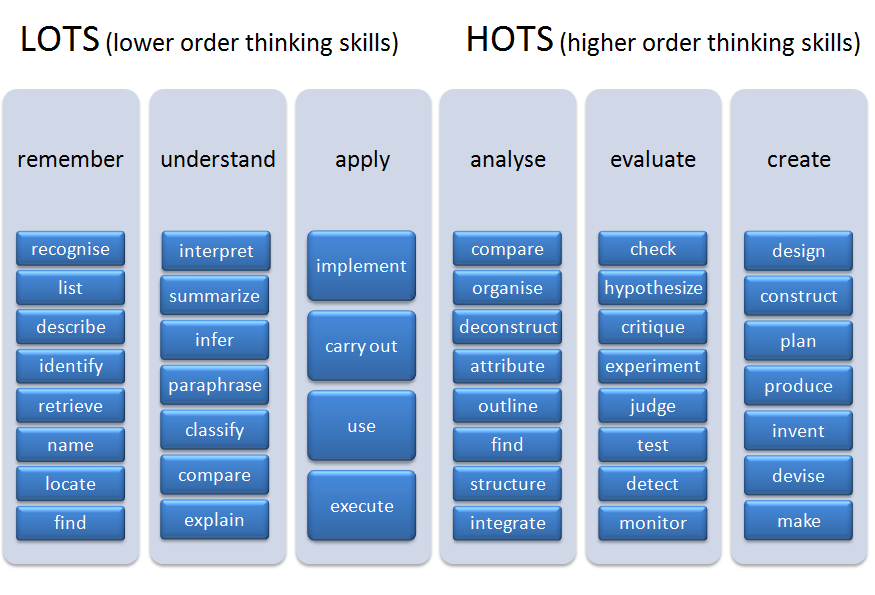 When reading, they perceived the philosophical treatise only at the level of content, but not of meaning. The students did not connect it with other knowledge or with personal experience, although they were sure that they had learned what they read. This is the illusion of understanding.
When reading, they perceived the philosophical treatise only at the level of content, but not of meaning. The students did not connect it with other knowledge or with personal experience, although they were sure that they had learned what they read. This is the illusion of understanding.
Special strategies for semantic reading have been developed to delve deeper into the text. Semantic reading is a deep penetration into the text with simultaneous analysis. nine0003
The reader must understand the main ideas, figure out what tasks the author set himself and whether they solved them, understand the author's attitude to the subject and form his own attitude. Does he agree with the author? If not, why not? Is it due to incorrect facts or interpretation of information?
Three stages of working on a text
Modern teachers believe that for a deep and complete understanding of the text, you need to learn how to work with it in three stages: before, during reading and after it.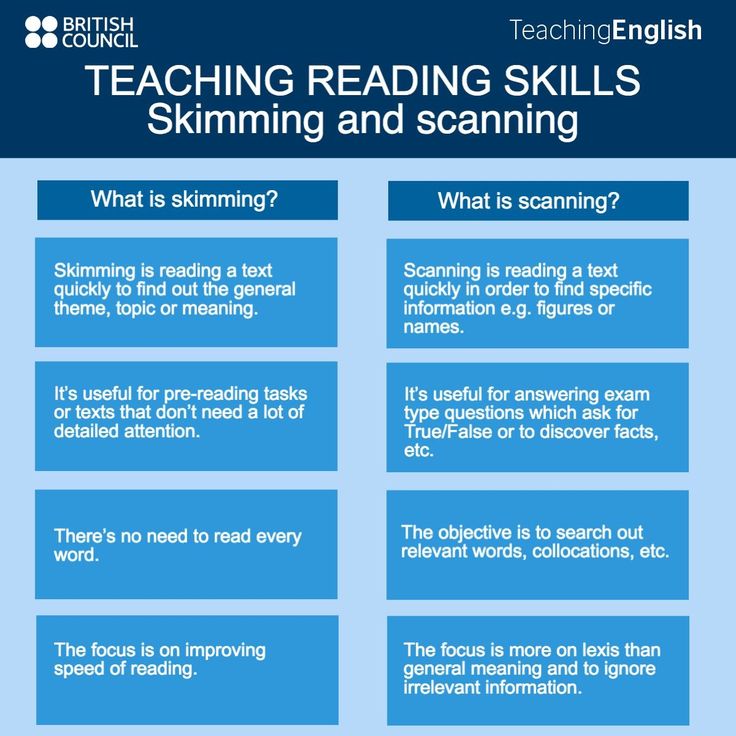 nine0003
nine0003
Preparing to read
First, it is important to understand the nature of the text, guess what the author's intention was, and set yourself reading goals.
How does it work? Here a schoolboy / student takes a book or a scientific article, looks through the title, a list of keywords (scrolls through the book in search of the most frequently repeated words), content, introduction and asks himself the questions: “What is it about?”, “What new can I learn from it ?”, “What goals did the author set for himself?”, “Is this a completely unfamiliar topic for me, or do I already know something?” nine0003
Until the book is read, the answers to these questions will be only hypotheses, but depending on them, the reader will be able to choose the appropriate reading strategy. This will help determine the goals: is he going to deal with a new problem? Will it expand the knowledge already gained? Or look for a new look at old questions?
While reading
When reading a book, it is best to stick to your goals.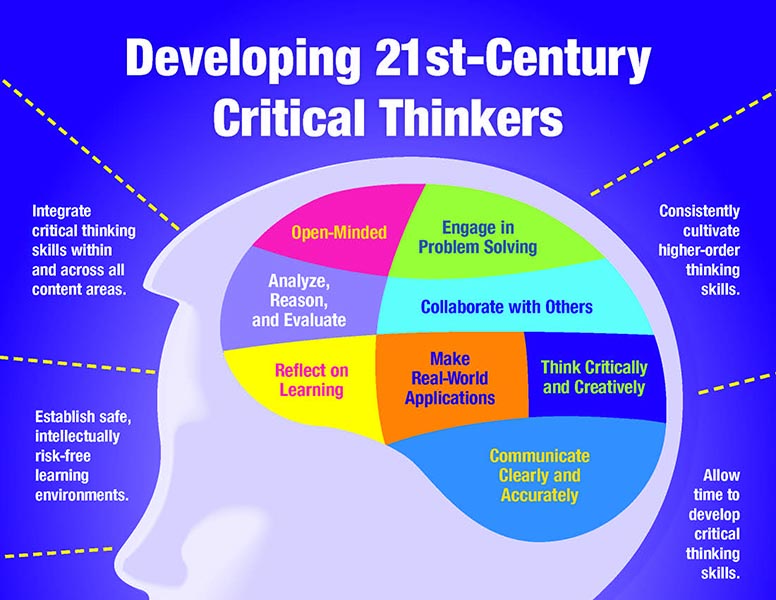 The already chosen strategy will help with this. It is important not just to "run" through the text, but to constantly ask yourself relevant questions, controlling the process. nine0003
The already chosen strategy will help with this. It is important not just to "run" through the text, but to constantly ask yourself relevant questions, controlling the process. nine0003
- Is there information in the book that does not agree with what I already know?
- What main ideas does the author want to convey?
- Are there any contradictions in the text?
- Is there enough information here or is the author silent about something?
- Does it make sense to turn to other sources?
After reading
Summarizing the information read and the critical attitude of the reader to the text is formed not only in the process of reading, but also after. Serious materials need to be considered. In order for new information and conclusions to firmly settle in the memory, they need to be “sorted out”. nine0003
Special techniques help to maintain a high level of self-control: a plan of questions, notes, writing out new terms in a glossary, visualization of basic information in the form of tables, charts or mind maps.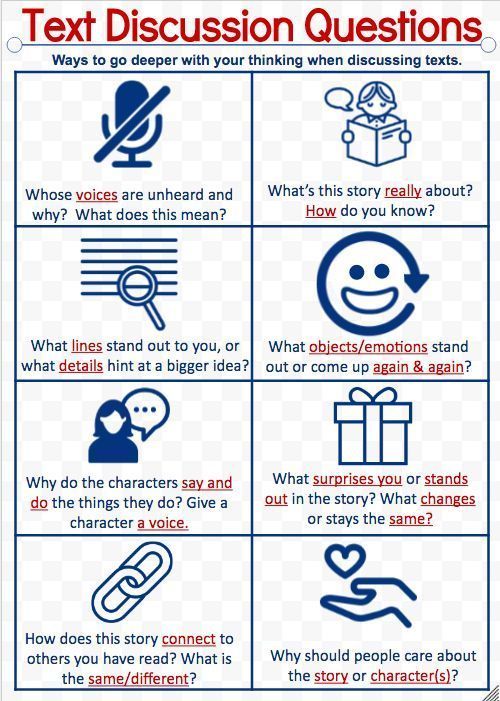
Some experienced readers intuitively find suitable semantic reading techniques.
Even banal underlining in a book, notes in the margins, or writing out abstracts in a mini-summary are quite effective techniques. If a teenager does not yet have their own such techniques, this is an excellent opportunity to try one of the modern complex reading strategies. nine0003
Strategies for meaningful reading
Ideally, the basic strategies for meaningful reading should be taught in school, but in reality, few people get advanced reading skills in school. Fortunately, they can be developed independently. There are many strategies for reading educational literature - you can choose the right one from them.
1. Highlighting keywords
Even if you limit yourself to this technique, you can get many more benefits from reading.
It is necessary to highlight key words: underline and write them out, and also explain the meanings. This applies not only to new terms, but also to already known ones.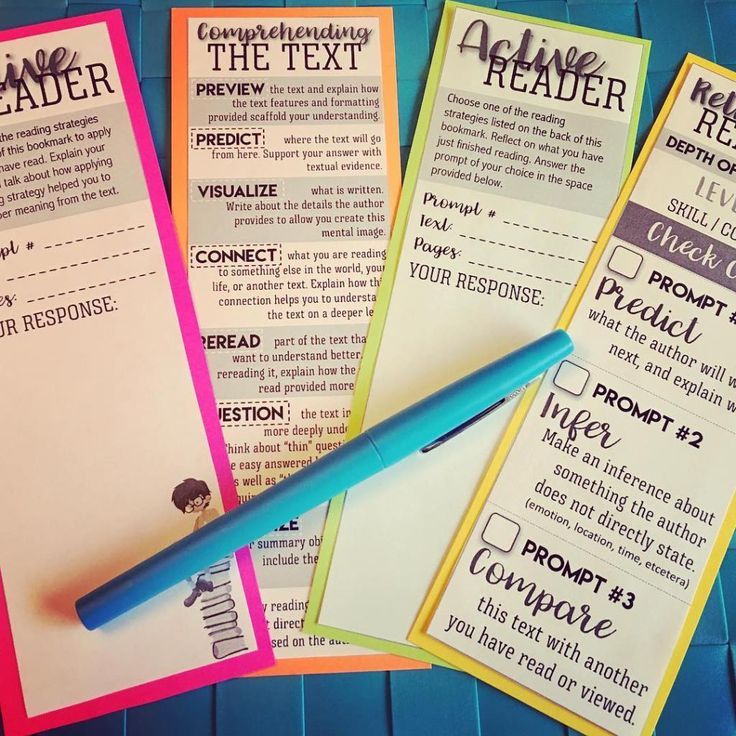 The main thing is that they form the semantic basis of the text. Highlighting keywords will help build a full-fledged "dialogue" with the text. nine0003
The main thing is that they form the semantic basis of the text. Highlighting keywords will help build a full-fledged "dialogue" with the text. nine0003
It happens that the author puts a different meaning into a term already familiar to us. Or uses another word to refer to the process known to us. All this can be misleading. Such a phenomenon is not uncommon if the reader and the author are separated by several generations or even eras.
Compilation of the author's glossary (dictionary of terms) greatly facilitates the task of reading several books that have something in common in meaning. Different authors may describe similar phenomena using different terminology. You can notice the similarities and differences in their views only if you fully understand the meaning of the words. nine0003
2. Asking questions
Asking questions to yourself is both a basic technique and a strategy. It will help to identify the main ideas of the text and its semantic connections, find out the position of the author and critically evaluate the facts described in the text.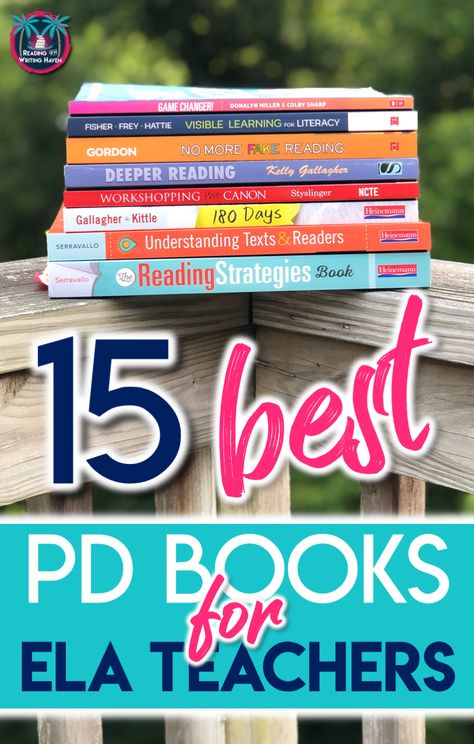
The question is the first step towards self-control (“Do I understand the text or not?”) and an impulse to reflection. This technique will help you concentrate.
If the reader cannot answer the question "What is the main idea?", then you will have to re-read the "foggy" piece. nine0003
Experienced readers of educational and scientific texts have developed the skill of asking questions to the point of automatism. Teenagers will have to develop it by training. First you need to make a list of questions by opening a new book. And after reading each completed semantic passage, stop and look for answers.
3. Information visualization
Not all scientific texts are perfect. Delving into a lengthy, heavy text is a grueling task. Visualization techniques help to sort out information: drawing up tables, diagrams, mental maps, drawing clusters. nine0003
For example, the facts mentioned in the book can be represented as a pyramid. At the top there will be key information, in the middle - working (operational) facts, and at the base - important details.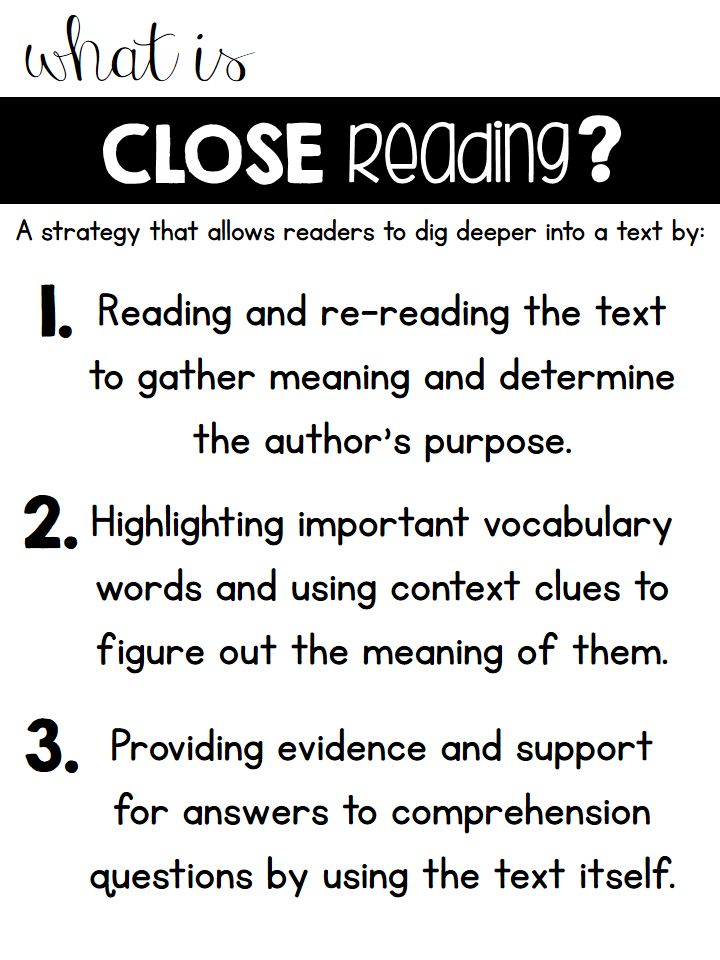
4. SQ4R strategy
This is a complex, multi-stage strategy. The name is an abbreviation of the English words survey, question, read, recite, review and reflection (“assessment, question, reading, presentation, repetition and reflection”). The strategy is great for preparing for exams based on scientific literature. nine0003
First, you need to quickly evaluate the book - "go over" the content, introduction and conclusion in order to understand the main topic. Next, a list of questions is compiled: what exactly do you want to learn from the book.
If the reader is looking for specific information for their project or research, the questions are usually known. In other cases, you can reformulate the headings and subheadings of the book itself into questions. This will make it easier to highlight the main idea of each section.
It is best to read the text slowly and carefully, trying to find answers to the questions posed. nine0003
It is useful to highlight the most important paragraphs and sentences that contain answers.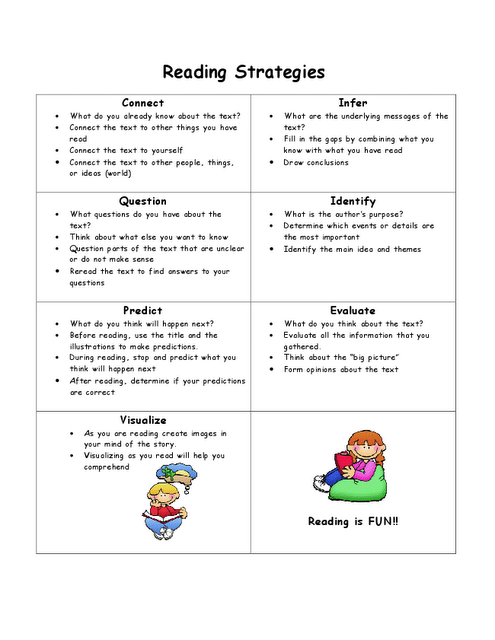 After each section, briefly retell to yourself or write down the answers found from memory. After reading the book to the end, the reader can once again go through the most important marked places to check himself.
After each section, briefly retell to yourself or write down the answers found from memory. After reading the book to the end, the reader can once again go through the most important marked places to check himself.
In the end, it is interesting to evaluate the main ideas of the author. Are they justified enough? Do you see errors in reasoning, distortion of facts, similarities or differences with other positions on this topic? Do you agree with the author? Justify your answers. nine0003
5. INSERT strategy, or "Reading with notes"
Another effective technique for diving into books or articles by different authors on the same subject. While reading, right in the margins, you can make short special marks according to this system:
V - “I already know”;
+ - "new information";
- - "I thought differently";
? - "I have questions, I need to know more";
! - "there are controversial points.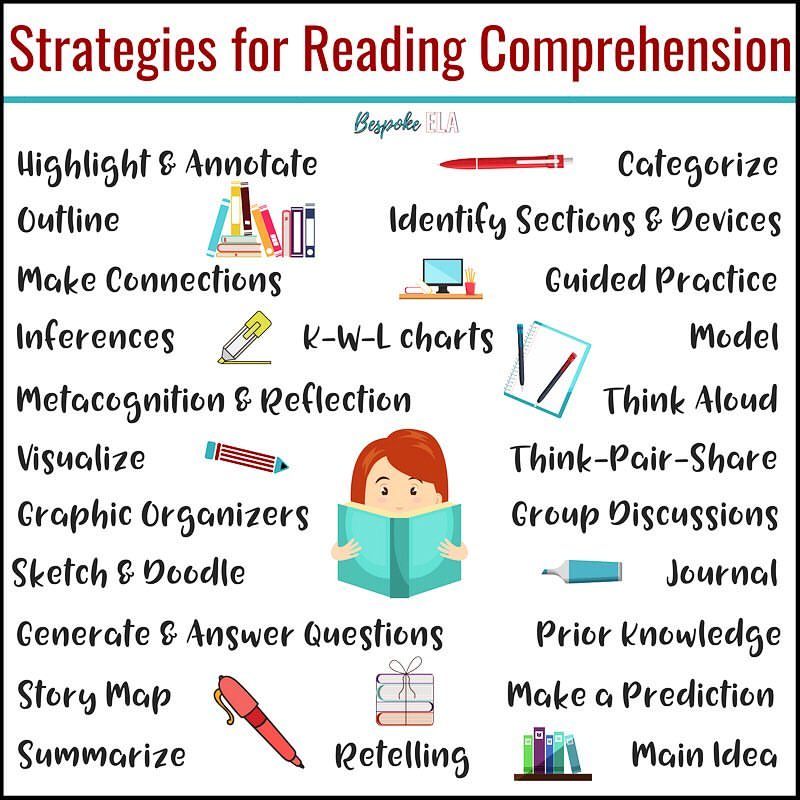 " nine0003
" nine0003
Then you have to make a table of five columns in a notebook or in electronic form. Each column is assigned to one of these symbols, and then the content of the marks from the book is written into them. As the table is filled in, new information will accumulate, and the reader will have the opportunity to better control and remember it.
Any strategy can, if desired, be improved for yourself or assemble your own strategy from different techniques.
Source:
ChTD online edition
Photo: Collection/iStock
Effective strategies for working with text in the classroom at school
The ultimate goal of teaching Russian is practical literacy and language competence. The basis of the content of literature as an academic subject is reading and textual study of works of art.
Work with the text as the main didactic unit allows schoolchildren to combine the activities of developing practical skills of literate writing and speech development.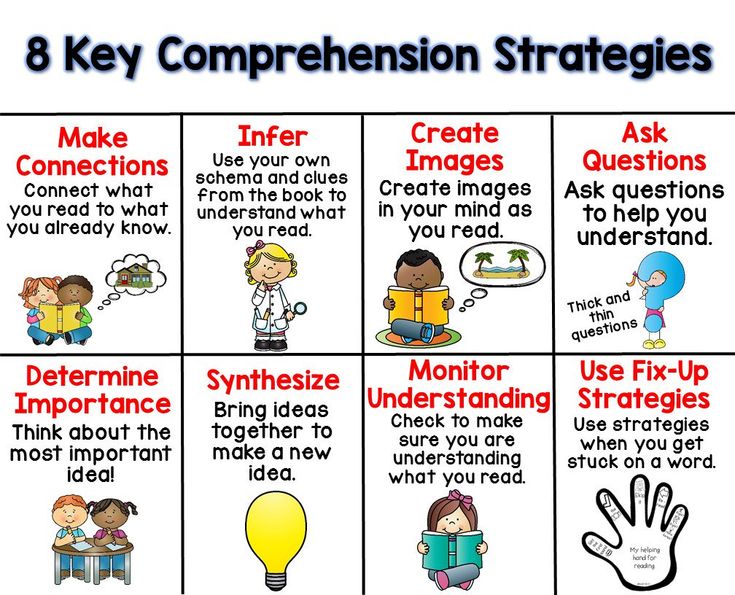 nine0144
nine0144
Every teacher dreams that all students come to the lesson prepared: they have completely read this or that work or paragraph. And not just read, but understood the meaning of the text read. During the final certification, the graduate must also understand the meaning of the read text. Whether it is a task to the text or the text itself.
Teachers working in grades 9 and 11 know that most mistakes are made due to misunderstanding of what is read, as well as when reading the assignment itself. nine0003
Teaching a child to read “correctly”, “effectively”, “productively” is an important task for a teacher. That is why the technology of productive reading (PRT), developed by Professor N. Svetlovskaya, acquires a leading role and contributes to the achievement of the results that are mentioned in the new standards.
The technology is universal and can be used in lessons of any cycle.
It is aimed at the formation of all universal educational activities: cognitive, communicative, regulatory, personal.
The technology of productive reading differs sharply from the traditional technology of transferring ready-made knowledge to a student. The teacher organizes the children's research work in such a way that they themselves "think" about solving the key problem of the lesson and can themselves explain how to act in new conditions. The teacher becomes a partner, a mentor, an observer.
The developed technology includes three stages of working with text, a three-stage process. nine0011
The goal of is the development of anticipation (the ability to guess, predict the content of the text). Task - to develop motivation for reading the text
1. Strategy "Forecast by headline".
Task: think about what could be discussed in the story of K.G. Paustovsky "Warm bread", in the work of P.P. Bazhov "Mistress of the Copper Mountain", etc.
– Try to predict the content by the first line of the story…Remember the name of the story….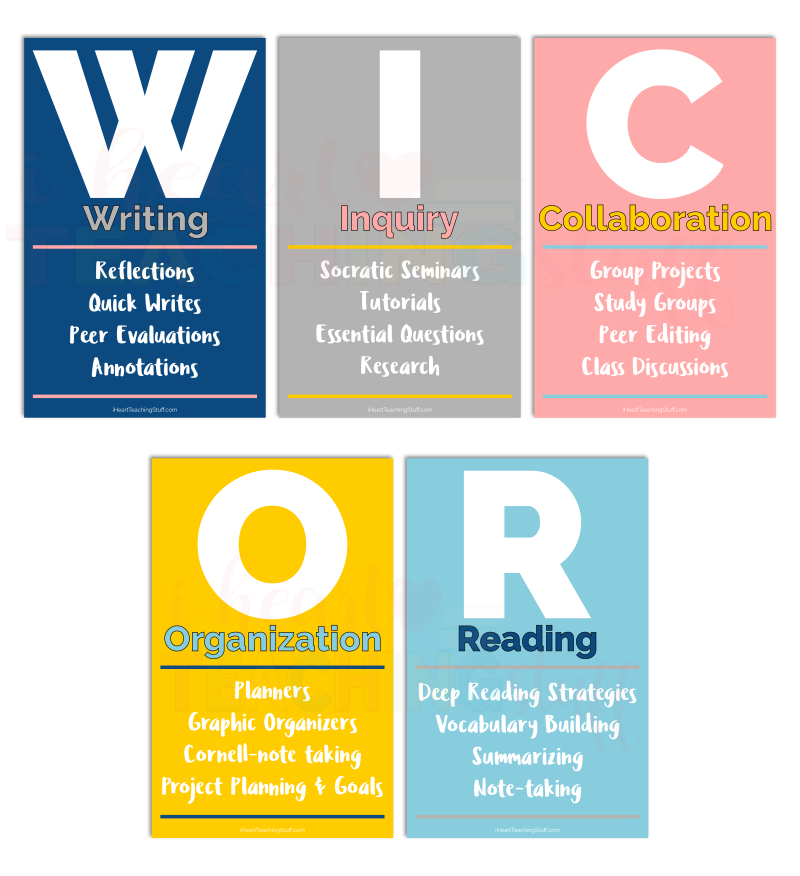 Does the content of the story match the title? nine0003
Does the content of the story match the title? nine0003
Give examples of such discrepancies.
Associative bush (circle, row). Today we will read and discuss the topic… What associations do you have about the stated topic?
2. Strategy "Brainstorm" ("Basket of ideas").
Task: answer the questions before reading the text (fairy tales "Warm bread") - What do you know about K. G. Paustovsky? What do you think the story will be about? Who can be the main character? What event in the story can be described. nine0003
3. Strategy "Image of the text".
Task: check your assumptions. Based on the words taken from the text, try to make a short plot story. The title of the story is given.
4. Strategy "Battery of questions".
Task: make up questions to the text according to the title, according to the illustrations.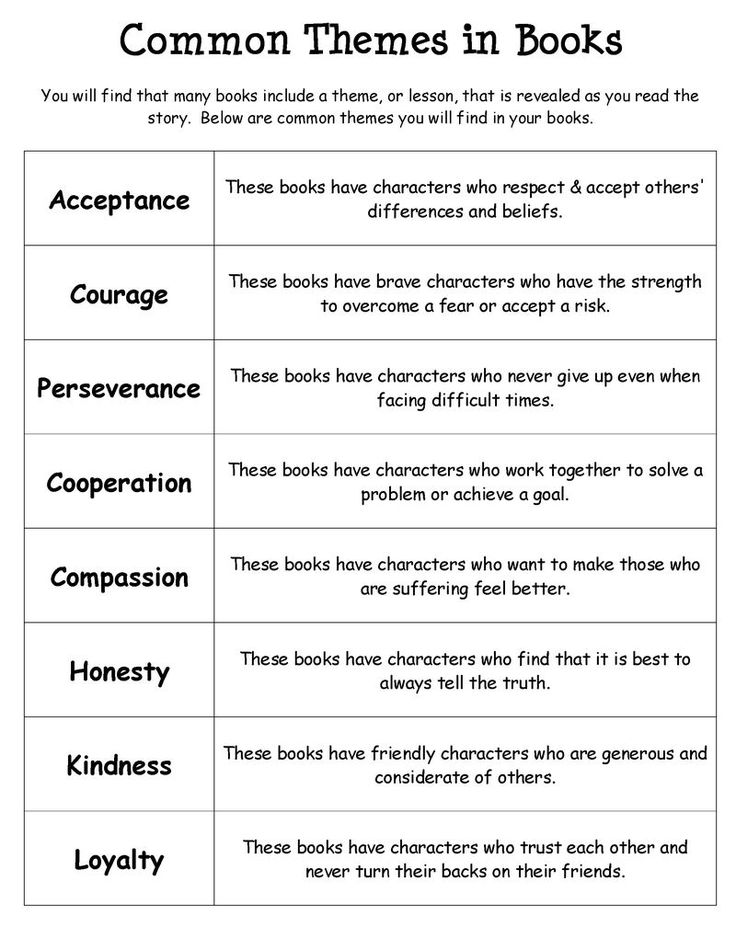
5. Glossary strategy.
Task: look at the list of words and mark those that can be related to the text. When you finish reading the text, go back to these words and look at their meaning and the use of words used in the text. nine0003
6. "Competing with the writer" strategy.
Task: try to predict the content of the book by looking at the illustrations. One student offers his version, the rest complete it.
7. Strategy "True and False Statements".
8. Strategy I know, I want to know, I found out.
Stage 2 - stage of text activity.
The purpose of is to understand the text and create its reader's interpretation, summarizing part of the read text, asking questions of a generalizing nature, making assumptions about the further development of the plot and the role of characters in the composition of the text, etc.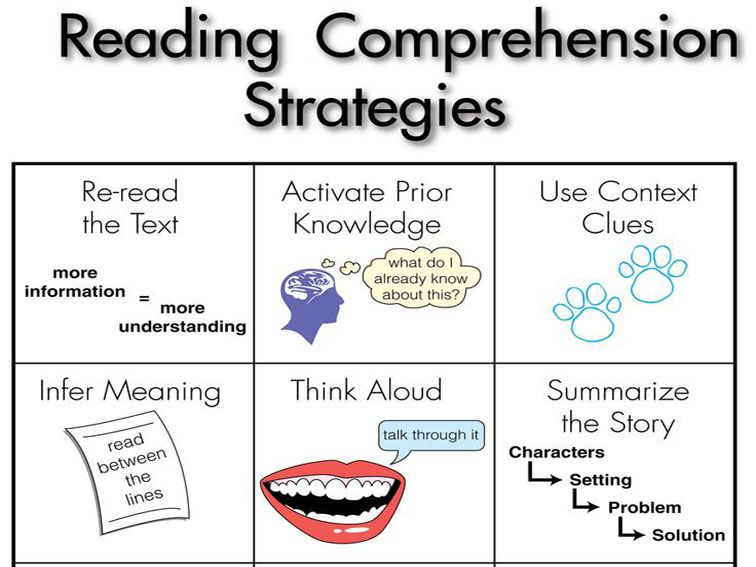 ). nine0003
). nine0003
The main task of is to ensure the full perception of the text. The main strategies at the stage of text activity are dialogue with the author, commented reading.
1. Strategy "Reading in a circle". The text is read in turn (each "circle member" reads a paragraph). After this, a stop follows: everyone asks questions to the read passage. If the question cannot be answered (it does not correspond to the text), then the question is considered incorrect. * All correct questions can be recorded. nine0003
2. Silent reading with questions strategy.
3. Strategy “Reading to yourself with notes. (Insert)" . Marginal notes: + - knew; - - new; ? - interesting; V is unclear. Others are possible: B - question; O - answer; Z - I know; N - new; And - interesting; X - I want to know; C - ask; U to clarify.
4. Strategy "Reading with stops". Reading the text with stops, during which tasks are given in the form of questions: some are aimed at checking understanding, others - at predicting the content of the next passage.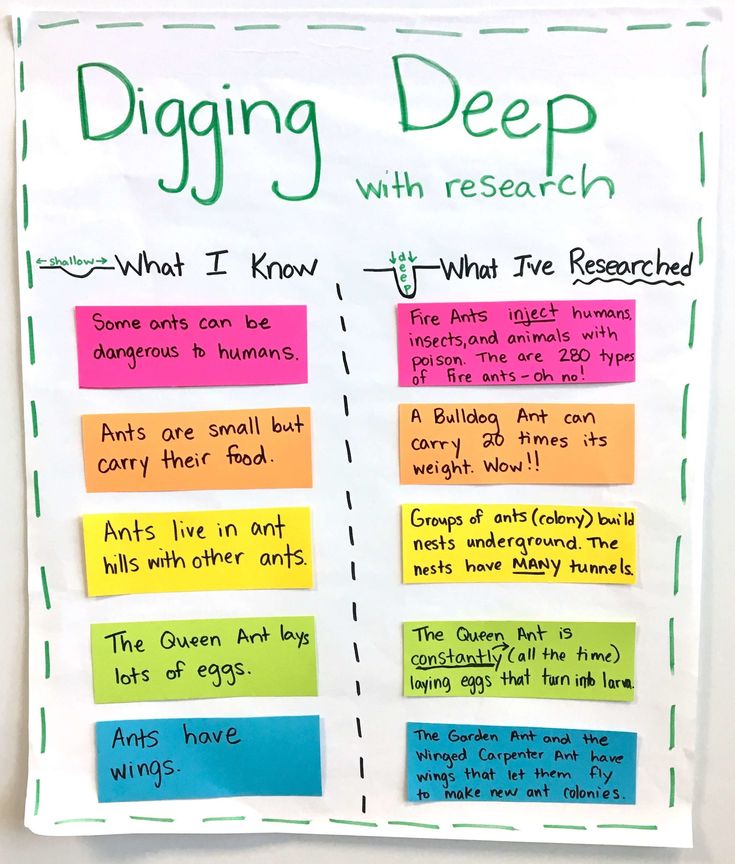 nine0003
nine0003
5. "Pose a problem - offer a solution" strategy. Remember what problems the heroes of the work face (the problem is formulated and written down in an oval). Next, the children can name several problems, students are divided into groups and offer all kinds of solutions to problems.
6. Strategy "Creating a question plan". The student conducts a semantic grouping of the text, highlights the strong points, divides the text into semantic parts and titles each part with a key question……. nine0003
Stage 3 - the stage of post-text (post-text) activity.
The purpose of is to correct the reader's interpretation in accordance with the author's meaning.
The main task of is to provide in-depth perception and understanding of the text, to raise a question to the text as a whole, followed by a conversation, the result of which should be an understanding of the author's meaning. Re-addressing the title, illustrations, performing creative tasks.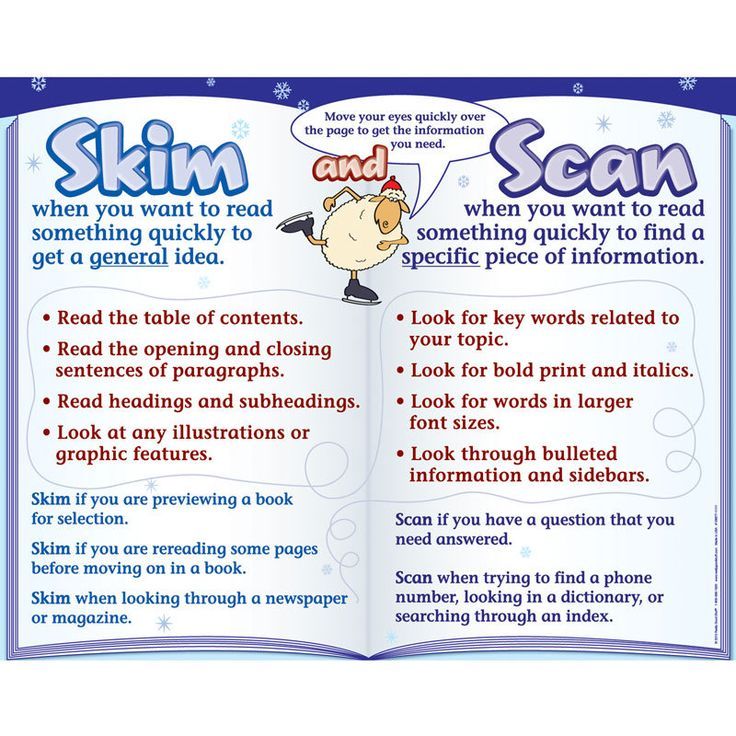
2. Question tree strategy Crown – what? where? when? Barrel - why? How? Could you? Roots - how to relate the text to life? With current events? What is the author trying to show?
3. Strategy "Bloom's Cube" (Benjamin Bloom is a famous American teacher, author of many pedagogical strategies = technician).
The beginnings of the questions are written on the sides of the cube: “Why?”, “Explain”, “Name”, “Suggest”, “Think up”, “Share”. The teacher or student rolls the die. nine0003
It is necessary to formulate a question to the educational material according to the face on which the cube fell.
The “Name” question is aimed at the level of reproduction, i.e. at the simple reproduction of knowledge.
Question "Why" - the student in this case must find cause-and-effect relationships, describe the processes occurring with a certain object or phenomenon.